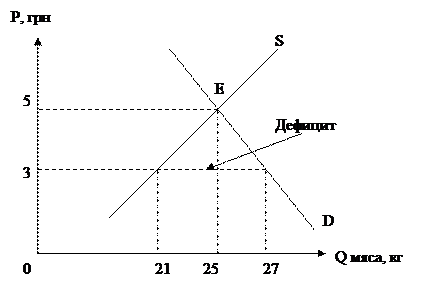Leninism and Stalinism
In the twentieth century the most obvious heirs to Marx were the leaders of the former Soviet Union. The most ideologically creative and politically influential were Vladimir Illich Lenin (born V. I. Ulyanov) [1870–1924] and Joseph Stalin (born Joseph Vissarionovich Dzhugashvili) [1879–1953]. Marx and Engels thought about socialist revolution in capitalist countries through mass action by trade unions and democratic socialist organizations. Lenin and Stalin adapted the theory to suit the needs of a conspiratorial revolutionary organization fighting empire in which the majority of the population were peasants. The adoption of representative democracy would mean the loss of power by the Bolsheviks (who were firmly supported by the relatively small group of urban workers). To justify control of a monopoly single-party hierarchy the doctrines of ‘the dictatorship of the proletariat’ and ‘democratic centralism’ were developed. The party leadership was seen as representing the emergent majority – the working class – that would be the majority as industrialization proceeded. Lenin developed Marx’s concept of the dictatorship of the proletariat to mean ‘the organization of the advanced guard of the oppressed as the ruling class, for the purpose of crushing the oppressors’. True democracy could only be created by eliminating the exploitative bourgeois minority. ‘Democratic centralism’ was defined by the 1961 Communist Party Constitution, it included the election of all party organs, strict party discipline, subordination of minorities to majorities. The Soviet regime had success in building a strong industrialized state capable of defeating Nazi Germany. That success led to the imitation of the regime in numerous East European countries, China, the Far East and Cuba. In many cases the ‘cult of personality’ developed around Stalin in the Soviet Union was imitated in relation to leaders such as Mao Zedong, Ho Chi Minh, and Castro. Most of these leaders claimed that they have created their own ideologically improved versions of Marxism. 1 Give Ukrainian equivalents for the following words and expressions. Heir, trade union, conspiratorial, peasant, representative democracy, hierarchy, emergent, to crush, oppressed, oppressor, to eliminate, exploitative.
2 Complete the sentences. 1. The most ideologically creative... 2. The party leadership... 3. Lenin and Stalin adapted... 4. To justify control... 5. In many cases... 6. The adoption of representative... 7. Lenin developed... 8. ‘Democratic centralism’... 9. The party leadership... 10. In the twentieth century... 3 Comprehension questions. 1. How are Leninism and Stalinism different from Marx’s ideas? 2. Why was Marx’s theory adapted by Lenin? 3. What does ‘dictatorship of proletariat’ mean? 4. How does Leninism see bourgeois minority? 5. What is ‘democratic centralism’? 6. Where was Soviet regime imitated?
4 Say if the following statements are true according to the text. 1. Marx and Engels thought about socialist revolution in capitalist countries through mass action and revolutionary institutions. 2. Bolsheviks were firmly supported by the large group of peasants. 3. The ‘dictatorship of the proletariat’ and ‘democratic centralism’ were developed by Marx and Engels. 4. Lenin believed that the dictatorship of the proletariat meant destroying the oppressors. 5. For Bolsheviks bourgeois minority represented the oppressors, the workers were the oppressed. 6. Bolsheviks wanted to eliminate the bourgeois minority. 7. The Soviet regime had success in building a strong industrialized state. 8. West European countries imitated the Soviet regime. 9. The ‘cult of personality’ of Mao Zedong, Ho Chi Minh, and Castro was developed. 10. The ‘cult of personality’ developed around Lenin.
|

 Group Work. Open the Appendix, follow the outline for the task Relations between Leninism and Stalinism, and get ready to discuss the relations between Leninism and Stalinism in class.
Group Work. Open the Appendix, follow the outline for the task Relations between Leninism and Stalinism, and get ready to discuss the relations between Leninism and Stalinism in class.


